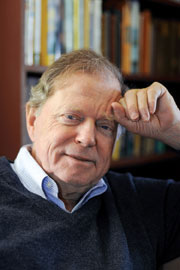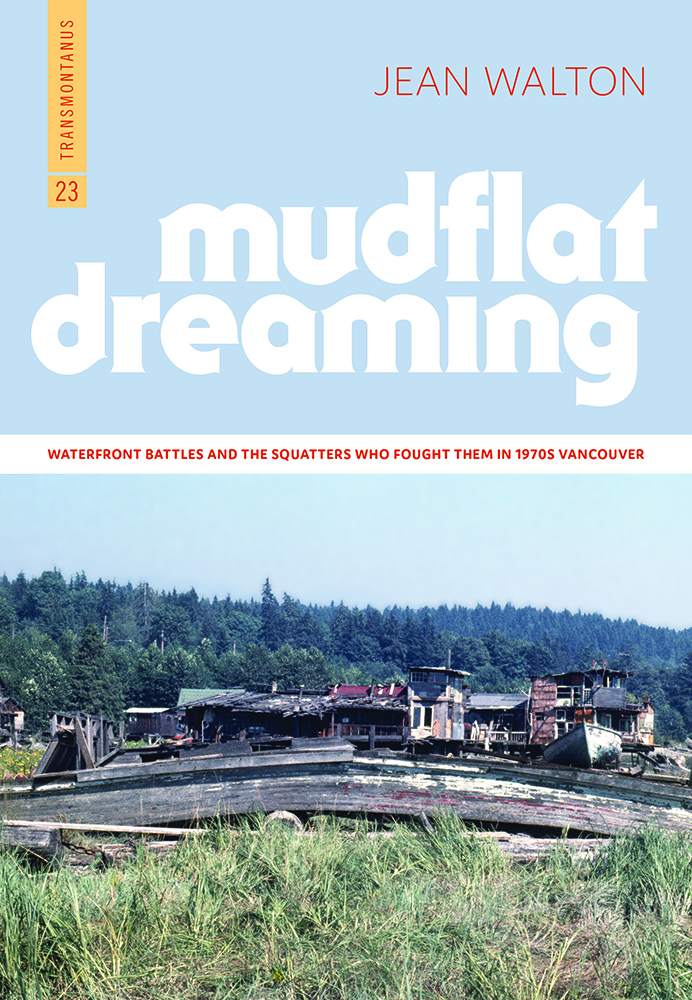My grandfather, Luis A. Ferré (1904-2003), was the third governor of Puerto Rico and the founder of the Pro-Statehood Party. When I was little, he used to say it is better to be a big fish in a little pond than a sardine in the big blue sea. It was a reminder of how good we had it on our little island, and a warning against leaving it in pursuit of a bigger and impossible dream.
Poetry by Iraqi Women in Translation
“Definitions” by NADIA AL-KATIB
“A Shadow” by NERMEEN AL MUFTI
Co-translations by AMIR AL-AZRAKI and JENNIFER JEAN
Poems appear in both English and Arabic.
Paradise After the Fire
Paradise, California

This is a place many say no longer exists. Headlines read, “Paradise Lost: Inside the Burned-out California Town Destroyed by Deadly Fire,” and “‘There’s Nothing Left of This Town,’ Paradise, California, May Never Come Back From the Ashes.” It was a small town; few knew it. It is not an overstatement to say the wildfire put it on the map the same day it wiped it off.
Announcing Our Pushcart Prize Win
Congratulations to contributor Ben Shattuck for winning a Pushcart Prize for his Issue 16 story, The History of Sound! His story will be published in the forthcoming Pushcart anthology, out this November.
Read the story here.
Living Under Siege: An Interview with Feroz Rather
NEHA KIRPAL interviews FEROZ RATHER
 Feroz Rather is a PhD student in Creative Writing at Florida State University. His work has been published in such journals as The Millions, The Rumpus, and The Southeast Review, and his debut novel, The Night of Broken Glass, was released by Harper Collins India this year. Through a series of interconnected stories, in which the same characters move in and out, the novel-in-stories describes the horrors of violence in Kashmir today. Read an excerpt online here.
Feroz Rather is a PhD student in Creative Writing at Florida State University. His work has been published in such journals as The Millions, The Rumpus, and The Southeast Review, and his debut novel, The Night of Broken Glass, was released by Harper Collins India this year. Through a series of interconnected stories, in which the same characters move in and out, the novel-in-stories describes the horrors of violence in Kashmir today. Read an excerpt online here.
Via email, Neha Kirpal spoke with Rather about Kashmir, V.S. Naipaul’s A House for Mr Biswas (“Isn’t that an extraordinary achievement?”), survival, and Rather’s social role as a Kashmiri Muslim writer (“The only responsibility the writer has is to find his own true voice”).
The Old Man in the Cottage
From The Night of Broken Glass
Feroz Rather discussed the novel in his interview for The Common with Neha Kirpal.
By FEROZ RATHER
I gazed westward from the top of the hill. The cottage where Inspector Masoodi’s son had recently moved his father stood in the thin clearing by the lake. Its old wooden walls painted over in a dark shade of green, the cottage had two narrow slits for the windows in the front. Between them, a door clung to a feeble frame on rusting metal hinges – a door that I could break with a single blow of my axe.
Travels With Bill
Think only of the past as its remembrance gives you pleasure.
—Elizabeth Bennett Pride and Prejudice
Nobody wants to hear about your trip.
—Amherst College Professor of English Theodore Baird
We don’t travel as a couple anymore, Bill and I, except for the shortest jaunts to Boston maybe once a year, in the summer to the Adirondacks to visit Bill’s brother and family, and to the Berkshires, where friends sometimes take us to indoor concerts at Tanglewood (Bill doesn’t listen to music outdoors). So I travel on my own, but more and more rarely: day trips with a friend, twice-yearly visits to Oregon to keep in touch with son Will and family, once a year or so to the Washington, D.C., area to see my sister, rare overnights to New York. I also dig in more closely here at home—not as closely as Bill does with his piles of books and constant reviewing and teaching at Amherst College, but still, closely.
The Silence of Fire
By HAIDAR HAIDAR
Translated by JONATHAN WRIGHT
Damascus 1969
The war had ended the way it ended. The defeats and victories felt much like a dream dreamt in the depths of time.
The fighter finally came home from captivity, after the war had ended, with gray hair and two scars across the center of his face.
In the middle of their small sitting room, his wife stood upright like an immovable object. Her face overcast with traces of a somber past, she chattered away.
Remembering Richard Todd

“Clarity isn’t an exciting virtue, but it is a virtue always.” I repeat this maxim to my students, and it runs through my own head with even greater frequency. It comes from Good Prose, a guide to writing and editing excellent nonfiction, co-written by Tracy Kidder and the late Richard Todd, who passed away on April 21.
Review: Mudflat Dreaming
Book by JEAN WALTON
REVIEWED BY WILL PRESTON

A few years ago, I made an impromptu road trip to a Canadian ghost town called Bradian. Tucked into the Chilcotin Mountains about five hours north of Vancouver BC, Bradian lies at the end of a forbidding 45-mile dirt road and was deserted in 1971 after the local gold mine closed. Despite its near-total inaccessibility, Bradian has become a strangely coveted object since its abandonment. The town has passed from one owner to the next, each with their own ludicrous plan for its empty streets: a retirement community, a sketchy immigration scheme, a drug smuggling operation. And as if rebuffing the unwanted advances of a long line of suitors, the town has foiled every attempt to claim it. (It’s currently on the market for $1.2 million.) Writing about Bradian for The Common in 2017, I saw its bizarre holdout as a parable for the tug-of-war between human conquest and the natural world, a reminder that not everywhere should be subject to the drumbeat of development.










